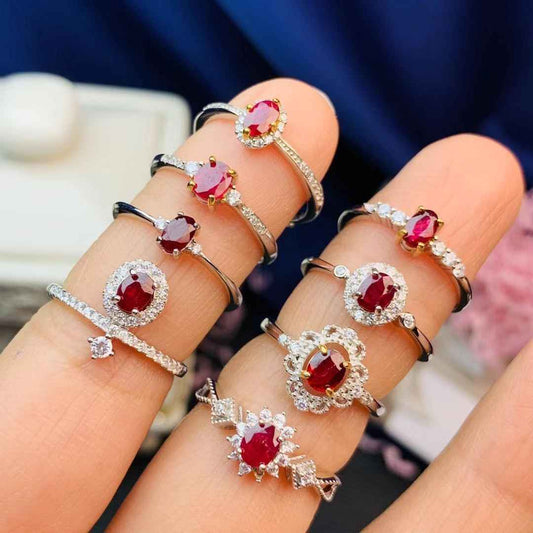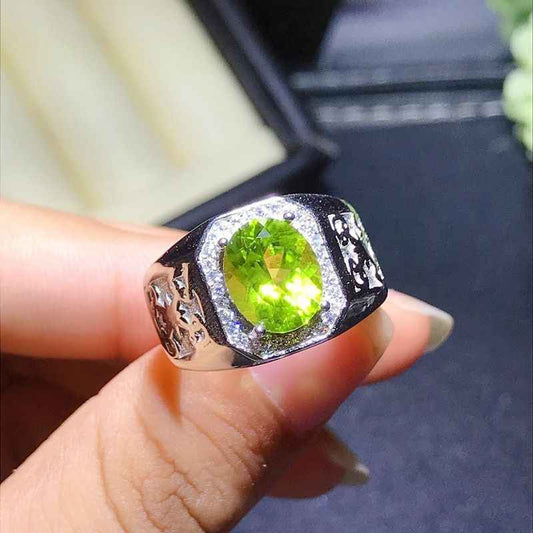The Origins and Development of Birthstones
Share
Ancient Origins
The concept of birthstones has its roots in ancient history, with one of the earliest mentions found in the Bible. In the Book of Exodus (28:17-20), twelve gemstones are listed as part of the breastplate of the High Priest Aaron. These stones represented the twelve tribes of Israel and were thought to have significant spiritual and symbolic meanings. The stones included carnelian, chrysolite, beryl, turquoise, lapis lazuli, emerald, jacinth, agate, amethyst, topaz, onyx, and jasper.
Historical Connections
Around the first century, the historian Josephus and later St. Jerome in the 5th century believed there was a connection between the twelve stones in Aaron's breastplate, the twelve months of the year, and the twelve zodiac signs. This belief led to the tradition of assigning a specific gemstone to each month. By the 8th and 9th centuries, people began to wear a different gemstone each month, believing it had heightened powers during its associated time (International Gem Society) (GIA).
Hindu Influence
The tradition of birthstones is also found in Hindu culture, dating back to the 5th century in texts such as the Ratna Pariksha, which links gemstones with deities, celestial bodies, and days of the week. The Hindu practice of wearing specific gemstones to harness their mystical powers most likely influenced Western customs. This system, known as Navaratna, includes nine gemstones that are believed to bring cosmic harmony and protection (International Gem Society).
Modern Birthstone Lists
The modern list of birthstones was officially adopted in 1912 by the National Association of Jewelers in the United States. This list standardized the gemstones associated with each month and made them more commercially viable for jewelers. The list was updated in 1952 by the Jewelry Industry Council of America to include new stones: alexandrite for June, citrine for November, and pink tourmaline for October. Later additions included tanzanite for December in 2002 and spinel for August in 2016 (Diamond Buzz).
Symbolic Meanings
Each birthstone carries unique symbolism and meaning, often believed to bring various benefits to its wearer. For example:
- Garnet (January): Protection and strength.
- Amethyst (February): Calm and clarity.
- Aquamarine (March): Serenity and courage.
- Diamond (April): Eternal love and strength.
- Emerald (May): Growth and fertility.
- Pearl (June): Purity and wisdom.
- Ruby (July): Passion and vitality.
- Peridot (August): Strength and good fortune.
- Sapphire (September): Wisdom and loyalty.
- Opal (October): Hope and creativity.
- Citrine (November): Affection and strength.
- Turquoise (December): Protection and success (GIA) (ID Jewelry Blog) (Geology Science).
Conclusion
The rich history and enduring tradition of birthstones highlight their cultural and spiritual significance across different civilizations. From their biblical origins to their standardized modern list, birthstones continue to be cherished for their beauty and symbolic meanings, making them popular choices for jewelry and personal adornment.






